序章
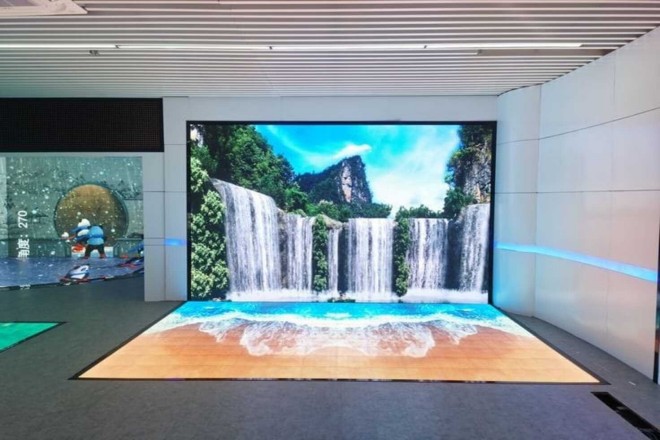
デジタル時代では、 LED表示画面 情報伝達と視覚表示のための重要なツールとなっています。商業広告、公共情報表示、娯楽イベントなど、あらゆる場面で重要な役割を果たします。
ただし、LED ディスプレイの表示効果はさまざまな要因の影響を受けることが多く、日常の使用では見落とされてしまうものもあります。この記事では、見落とされがちな詳細について検討し、それらが LED ディスプレイの表示効果にどのように影響するかを明らかにし、実用的な提案を提供します。
1. LEDディスプレイ画面の清掃とメンテナンス
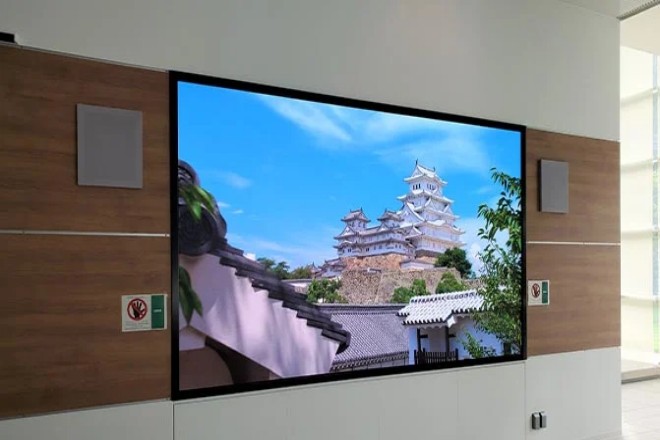
1). ほこりや汚れの蓄積がLEDディスプレイの表示効果に与える影響
ほこりや汚れの蓄積は、LED ディスプレイの表示効果に大きな影響を与えます。長期間清掃しないと、ディスプレイのマクロ画像システムにほこりが堆積し、ピクセルのパフォーマンスに影響を与えます。
具体的には、ほこりや汚れによりディスプレイの明るさやコントラストが低下し、画像がぼやけたりモザイク状になったりすることがあります。また、ほこりはディスプレイの放熱効果にも影響を及ぼし、内部コンポーネントが過熱してディスプレイの寿命が短くなることもあります。
したがって、LED ディスプレイの良好な表示効果を維持し、耐用年数を延ばすには、定期的なクリーニングが不可欠です。
2) LEDディスプレイの定期的な清掃方法とベストプラクティス
- 掃除機をかける
まず、掃除機または専用のツールを使用して、ディスプレイマスクの表面の汚れやほこりを取り除きます。この手順により、その後のウェットクリーニングに備えて、表面に付着したほこりの大部分を最初に除去できます。
- ウェットクリーニング
次に、水スプレーとスチーム加湿を使用してディスプレイマスクをスプレーし、その後、掃除機の柔らかいブラシを使用してランプマスクをこすり、汚れを取り除きます。
水がディスプレイ内部に浸透して損傷するのを防ぐため、ウェットクリーニング中に水を使いすぎないように注意してください。
- 乾燥処理
ウェットクリーニング後は、掃除機を使用してウェットクリーニング後に残った水滴と水跡を吸い取り、ディスプレイマスクが清潔でほこりのない状態であることを確認します。乾燥は、水染みによるディスプレイの損傷を防ぐための重要なステップです。
- 定期的に電源と接続ケーブルを点検し、交換してください
表面の清掃に加えて、電源と接続ケーブルがしっかりと接続されているかどうか、損傷や老朽化がないか定期的に確認する必要があります。問題が見つかった場合は、電源と信号伝送の安定性を確保するために、適時に交換する必要があります。
- 熱管理
良好な放熱を維持するために、ディスプレイの周囲に十分なスペースがあることを確認し、放熱口を塞がないようにし、ラジエーターとファンを定期的に清掃してください。
放熱が不十分だとディスプレイの内部コンポーネントが過熱し、耐用年数が短くなる可能性があります。
- 防水・防塵対策
屋外ディスプレイの場合、ケースの防水性と防塵性が良好であることを確認してください。ディスプレイのシーリングストリップとシーリング接着剤が損傷していないかどうかを定期的に確認してください。損傷がある場合は、すぐに修理または交換してください。
2. LEDディスプレイ周辺の環境要因
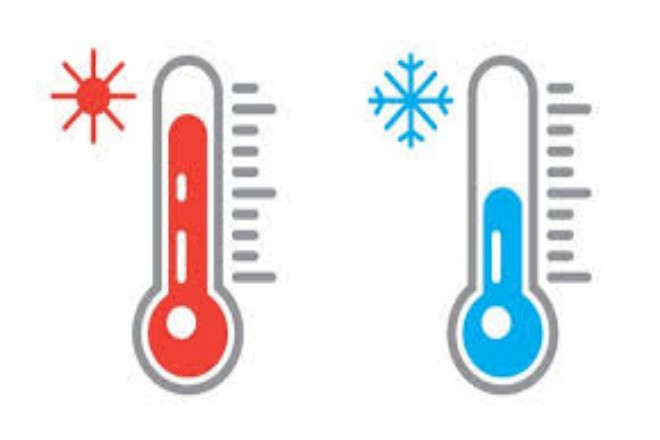
1). 温度
- 熱:
夏に屋外にいると想像してください。太陽の熱で体が熱くなったら、不快に感じるでしょう。同様に、LED ディスプレイも高温になると「不快」になります。
高温になると、携帯電話のバッテリーが熱で早く消耗するのと同じように、ディスプレイ内部の部品の劣化が早まります。また、ディスプレイが熱くなり、正しく表示されない、あるいは壊れる可能性もあります。
- 低温:
LED ディスプレイは他のデバイスよりも低温に耐えることができますが、あまり寒すぎるといけません。冬に暖かい服を着ないと寒くなるのと同じように、ディスプレイも寒すぎる環境では正常に動作しない可能性があります。
2). 湿度
- 湿度が高い:
湿度は空気中の水分のようなものです。湿度が多すぎると、雨の日に携帯電話を保護せずに持っている場合と同じように、携帯電話に簡単に水が入ります。
ディスプレイが長時間高湿度にさらされると、内部の電子部品が錆びたりショートしたりして、正常に動作しなくなる可能性があります。
3). LEDディスプレイを保護するための戦略
3.1) 高温への対処
涼しい場所を見つける: 直射日光を避け、風通しの良い場所にディスプレイを設置してください。
冷却: 一部のディスプレイには、コンピューターと同様に、熱を放散するためのファンやヒートシンクが内蔵されています。
定期的に清掃する: ディスプレイを清潔に保ち、ほこりを取り除いて熱をより効率的に放散できるようにします。
3.2) 低温に対処する。
- 暖かさ: 一般的ではありませんが、ディスプレイを非常に寒い環境で動作させる必要がある場合は、断熱カバーを追加するか、低温に耐えられるディスプレイを選択することを検討してください。
3.3) 湿度に対処する
防水性と防湿性: 一部の携帯電話が防水であるように、防水機能を備えたディスプレイを選択してください。
乾燥した状態を保つ: 環境が湿気の多い場合は、除湿器を使用するか、定期的に換気して湿度を下げることを検討してください。
3. LEDディスプレイの電源管理
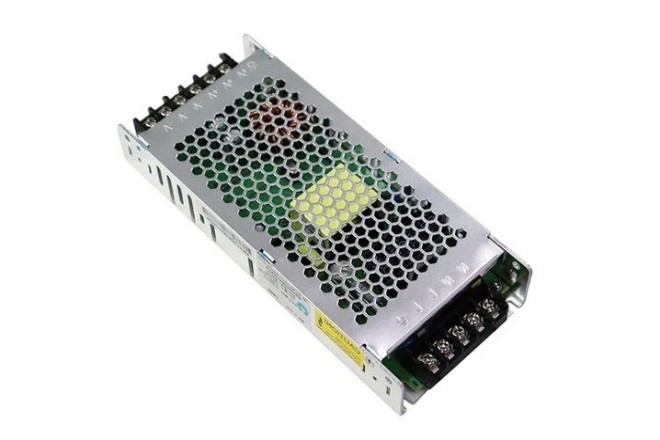
1) 不安定または不適切な 電源 LEDディスプレイの表示効果について
不安定または不適切な電源供給は、LED ディスプレイの表示効果と安定性に直接影響します。具体的な影響は次のとおりです。
表示効果の低下:不安定な電源供給により、表示が不均一になる場合があります。 輝度、 色の歪み、または LED ディスプレイの暗さにより、視聴者の視覚体験に影響が及ぶ可能性があります。
ちらつきとジッター: 電圧の変動や不安定な電流により、ディスプレイのちらつきやジッターが発生し、表示効果に重大な影響を及ぼします。
寿命の短縮: 不安定な電源で長時間使用すると、LED ランプビーズと内部の電子部品の劣化が加速し、ディスプレイの寿命が短くなります。
機器の損傷: 極端な場合、不適切な電源供給によりディスプレイの回路基板やその他の主要コンポーネントが直接損傷し、機器が廃棄される可能性があります。
2). 電力供給の安定性と安全性を確保する方法
LED ディスプレイ電源の安定性と安全性を確保するために、次の対策を講じることができます。
- 適切な電源の選択:
ディスプレイの電力需要と電圧要件に応じて、十分な電力予備と安定した出力電圧を備えた電源を選択します。同時に、電源が信頼できる品質であり、有名なブランドやメーカーから提供されていることを確認してください。
- 電圧安定化装置を設置する:
電圧と電流を安定させ、外部グリッドの変動がディスプレイに与える影響を軽減するために、電源入力端に電圧安定装置または UPS (無停電電源装置) を設置します。
- 定期的な点検とメンテナンス:
電源線やコネクタが緩んでいないか、損傷していないか確認したり、電源装置のほこりや汚れを掃除したりするなど、電源装置を定期的に点検し、メンテナンスしてください。
- バックアップ電源をセットアップします。
重要な場所や重要なアプリケーションでは、メイン電源に障害が発生した場合に自動的に切り替わるバックアップ電源を設定して、ディスプレイの継続的な動作を確保できます。
- 放熱管理の強化:
電源設備は動作中に熱を発生します。放熱が悪いと、設備が過熱して損傷する可能性があります。そのため、電源設備の放熱管理を強化し、正常な放熱を確保する必要があります。
4. LEDディスプレイ周辺の外部光源からの干渉
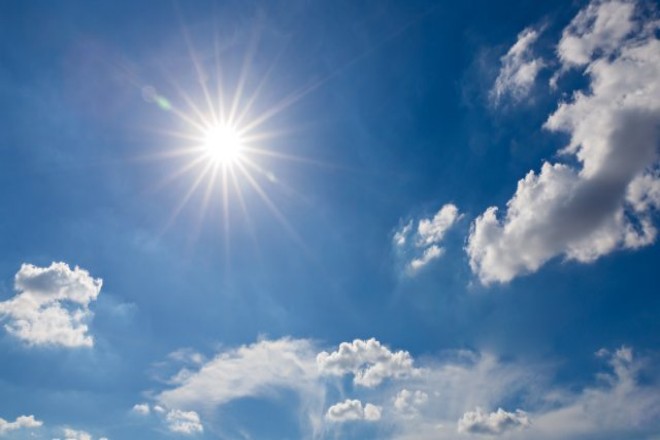
LED ディスプレイの周囲の外部光源からの干渉は、特に屋外や照明が複雑な環境ではよくある問題です。
以下では、強い外光や反射が LED ディスプレイの視認性に与える影響、外部光源からの干渉を減らすための戦略、およびディスプレイ効果の向上における屋内照明設計の役割の詳細な分析について説明します。
1) 強い外光や反射がLEDディスプレイの視認性に与える影響
- 明るさを下げました:
直射日光などの強い外光により、LED ディスプレイの明るさが相対的に低下し、視聴者が表示内容を明瞭に認識することが難しくなります。
- コントラストの低下:
反射現象(周囲の建物やガラスのカーテンウォールなどから反射した光など)により、ディスプレイの表示効果が妨げられ、画像のコントラストが低下し、画像がぼやけたり、細部を判別しにくくなったりします。
- 色の歪み:
場合によっては、外部光源からの干渉によってディスプレイの色が歪み、視聴者の視覚体験に影響を及ぼすこともあります。
2). 外部光源からの干渉を減らす戦略
- フードを取り付けるには:
LED ディスプレイの周囲にサンシェードやオーニングを設置すると、直射日光を効果的に遮断し、反射を軽減できるため、ディスプレイの視認性が向上します。
フードの設計では、ディスプレイの正常な動作を確保するために、通気性、放熱性、メンテナンスの容易さを考慮する必要があります。
- 表示角度を調整します:
ディスプレイ画面の設置角度を調整して、直射日光や強い反射光の方向を避け、外部光源からの干渉を減らすようにしてください。
角度を調整するときは、最適な表示効果を確保するために、視聴者の視野角と快適さも考慮する必要があります。
- 反射防止素材を使用する:
反射防止ガラスや特殊コーティングなどの反射防止素材をディスプレイ画面上または周囲に使用すると、反射が軽減され、画像の鮮明さが向上します。
- インテリジェントな明るさ調整:
光センサーなどのスマートデバイスを使用すると、周囲の光の強度をリアルタイムで監視し、さまざまな照明環境に適応するようにディスプレイの明るさを自動的に調整できます。
結論
LED ディスプレイ画面の表示効果は、多くの要因の複合効果の結果です。
この記事の議論を通じて、ディスプレイ自体の技術的パラメータに加えて、日常的な清掃とメンテナンス、環境条件の制御、安定した電源管理、外部光源からの干渉がすべて、ディスプレイのパフォーマンスに影響を与える重要な要素であることがわかりました。
これらの要素を適切に管理および制御することで、ディスプレイのパフォーマンスが向上するだけでなく、ディスプレイの寿命も延ばすことができます。
最後に、LEDディスプレイについてもっと知りたい方は、 ご連絡ください。
